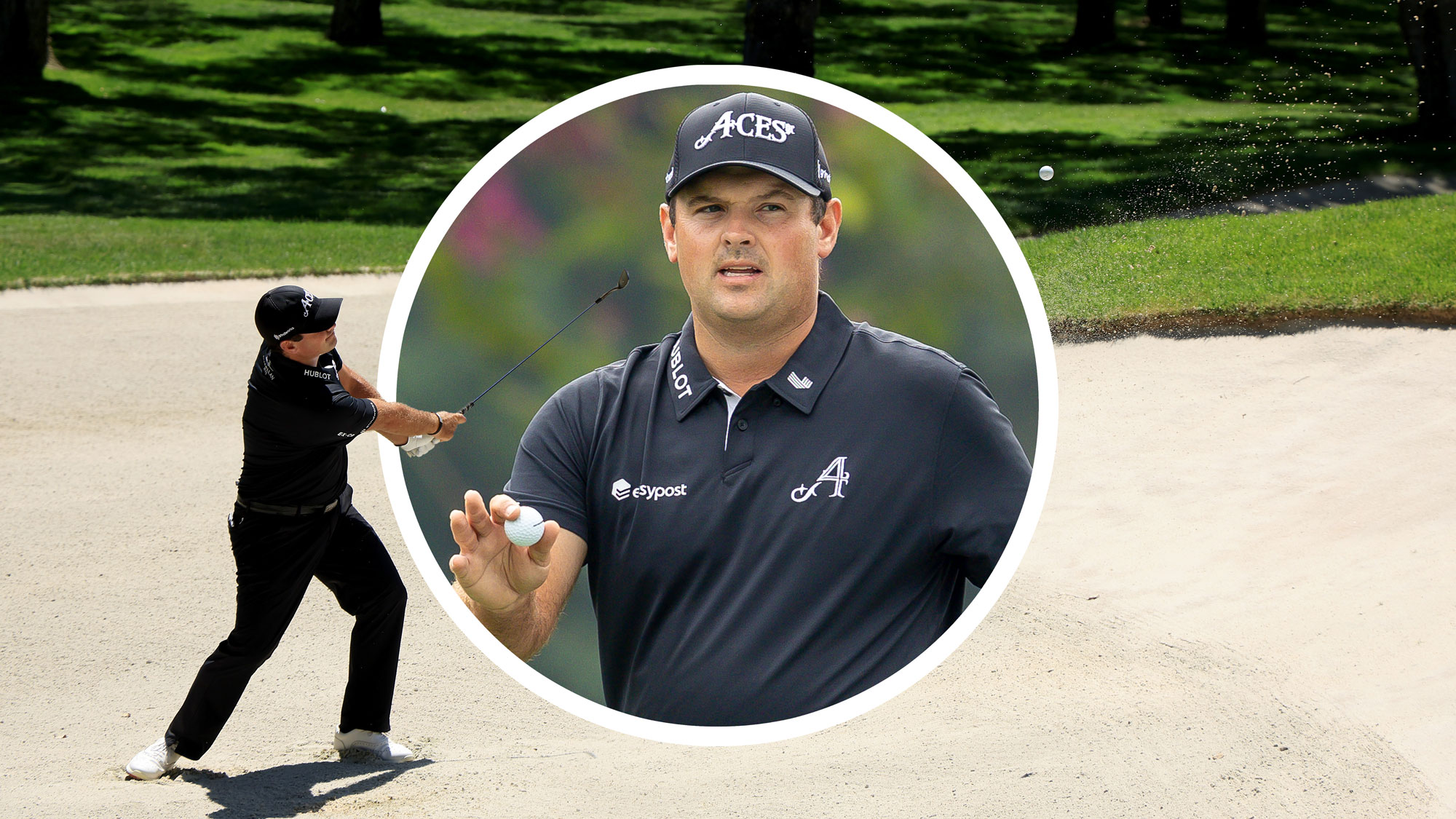
When I think of Patrick Reed, two things come to mind... winning the Masters in 2018 and the American's stellar short game. In fact, if you consult the Data Golf all-time Strokes Gained data, Patrick Reed ranks 10th in the around the green category, just one place behind World No.1 Scottie Scheffler.
With a myriad of professional wins to his name, all over the world and on multiple top-level tours, Patrick Reed is the perfect person to ask about how to improve your short game.
So, in the interest of getting you in better shape around the greens, we asked Reed to share his five top tips...
Patrick Reed Short Game School
1. Chip Shots
I grew up missing every green on the planet and every fairway so it became a necessity to become good at chipping. It’s all about getting the creative side of my game working. I like to look at a chip and visualise different types of shots I can play.
When you have a chip in front of you, obviously you’ve put yourself in a position – whether through a poor tee shot or iron shot – to need to recover. Chipping the ball really well, I can say from experience, saves rounds. It keeps momentum on your side if you birdied the previous hole. At the same time, a par when you’re in a bad spot will help you keep the round going.
You’re not going to be able to pure it with your full shots every round, so it always helps when you have a good short game to lean on. If you’re playing really well on a given day, you can use chipping as a way to keep your round intact, and you can tell yourself that there’s no place on the course that will throw you off your game.
Being able to say that is a big deal and it does wonders for your confidence. I tend to draw my chips – it’s just something I’ve got comfortable with over the years. I know the majority of pros cut them, but I like to draw them.
2. Bunker Shots
The biggest thing for me is just really good practice. Bunker play boils down to knowing the lie you have and making sure you have good contact and the right kind of strike. The only way you’re going to be able to do that consistently is practice, practice, practice. I like to hit a lot of partial shots and, with bunker play, you’re trying to accelerate through impact and finish full, from a partial takeaway.
The thing about golf that makes it so hard is that there’s no substitute for practice. In the end, it’s just you out there and you can’t sugarcoat anything. Any weaknesses and any things you haven’t practised are going to show in your score or stats.
3. Lag Putting
Lag putting is all about repetition. Hitting your putts and knowing how far you have to hit it when you’ve got 45ft, 55ft. It’s all about rhythm and training your hands and arms to do that stroke over and over again. And let yourself feel free as you stroke those longer putts. You want to feel loose and not tense when you’re trying to cosy it up close from long distance.
4. Pressure Putts
For me, making pressure putts has always been about keeping everything within my routine. Whenever you’re under a lot of pressure, obviously your heart rate goes up and the easiest way to bring your heart rate down and keep it level is to have the same routine. That is whether you’re hitting your first putt of a round, practising on the putting green or on the 72nd hole trying to win at Augusta.
When you do the same routine over and over again, your body gets used to that and then gets in a normal rhythm. That then makes it easier for your hands to be more relaxed over those pressure putts so you can deliver when it matters most.

5. Hit More Greens
The biggest thing is knowing your distances – how far your shots carry through the bag. It’s not about knowing how far the ball rolls out to – the carry distance is what is going to keep you out of trouble. You’ll have some courses where it rains and gets very soft, and others where it’s firm and the ball is going to land and roll.
The biggest thing I encourage you amateurs to do is to get a good understanding of your carry distances with your irons, especially down to the wedges, as that will help you be aggressive and attack shots more out there.







